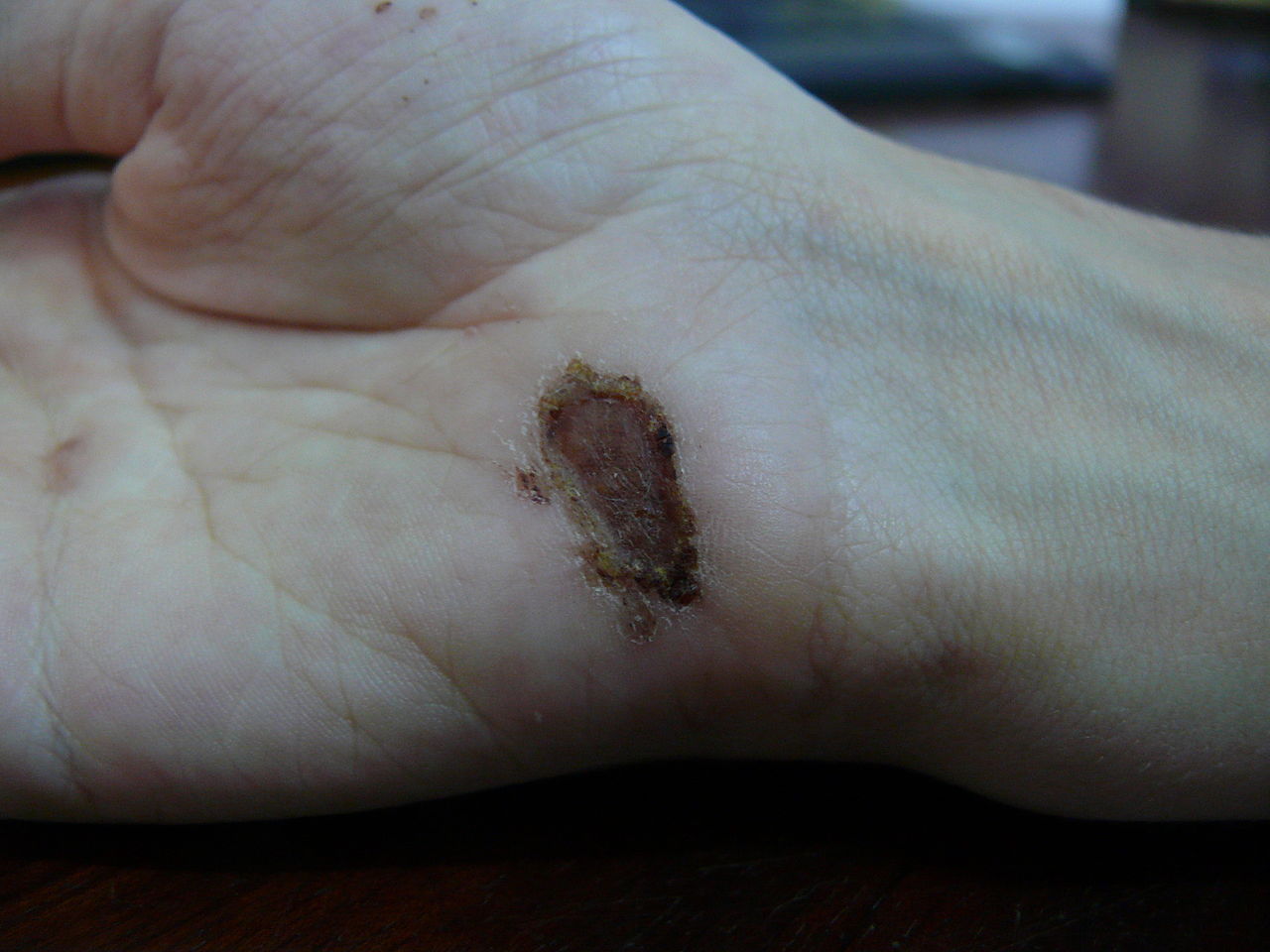Playlist
Show Playlist
Hide Playlist
Cell Proliferation and Healing-injury in Regenerating Tissue – Parenchymal Regeneration
-
Slides Acute and Chronic Inflammation Regenerate Parenchyma.pdf
-
Reference List Pathology.pdf
-
Download Lecture Overview
00:00 Cell proliferation is not just growth factors and growth factor receptors. 00:07 It also involves an interaction with the matrix. 00:09 That's why we have to have a preserved extracellular matrix to get perfect regeneration. 00:15 We're looking at a cell here. 00:17 Nucleus down at the bottom, all the magic is going to happen in the nucleus, but we have to get a signal from the outside world to the nucleus to do something that's going to be involved in regeneration. 00:26 So growth factors can bind to the receptors. 00:29 And they will make intracellular soluble signals that will turn on the nucleus and drive it to proliferate or do a variety of things. 00:38 But they're also membrane molecules, integrins. 00:42 Our good friend integrin that we've talked about previously. 00:45 Well, on epithelial cells and mesenchymal cells, they're integrins as well, that interact at a focal adhesion complex, and now can interact with the extracellular matrix and deliver signals to the nucleus. 01:00 So mechanical forces involving this interaction between the alpha beta integrins communicating with the outside world and the focal adhesion complex, also result in important stimulating signals that go to the nucleus. 01:18 There's also a direct mechanical connection. 01:20 So that focal adhesion complex is also attached to actin cytoskeleton. 01:24 And it can tug, literally tug, on the membrane of the nucleus to affect transcription and translation. 01:33 So cool. So this is making the point, this little diagram here that both growth factors, soluble; and mechanical, relationships with the extracellular matrix are important for driving a cell to do its thing, including proliferation, differentiation, protein synthesis, attachment, migration, shape change, etc. 01:55 Okay. So kind of a summary. 01:59 Healing in regenerating tissues. 02:02 We have tissue injury. We don't destroy the matrix. 02:06 The injury is not too much. And we have labile or stable cells. 02:11 So the original tissue injury is there. 02:13 We recruit neutrophils and macrophages that break down all the necrotic stuff. 02:17 The macrophages released their factors to drive proliferation, and voila, regeneration. 02:24 We've filled in the gaps, and we're back pretty much to normal. 02:28 Now, if you're paying really close attention, you see that left behind, there are a few macrophages. 02:35 Down there in the middle, that are there, because they were originally recruited, and some of their cohort wandered off, but these guys stay behind their sentinels now in the tissue. 02:46 There may be even a little bit more vasculature that got induced as part of the healing process. 02:54 But that's basically the paradigm for complete regeneration.
About the Lecture
The lecture Cell Proliferation and Healing-injury in Regenerating Tissue – Parenchymal Regeneration by Richard Mitchell, MD, PhD is from the course Acute and Chronic Inflammation.
Included Quiz Questions
Which of the following distinguishes regeneration from inflammation?
- Restoration of the structure and function
- Migration of neutrophils and macrophages
- Proliferation of cells
- Degradation of the extracellular matrix
- Activation of the coagulation cascade
The interaction between the focal adhesion complex and the extracellular matrix is mediated through...?
- ...integrin.
- ...laminin.
- ...cadherin.
- ...actin.
- ...collagen.
Customer reviews
5,0 of 5 stars
| 5 Stars |
|
5 |
| 4 Stars |
|
0 |
| 3 Stars |
|
0 |
| 2 Stars |
|
0 |
| 1 Star |
|
0 |




